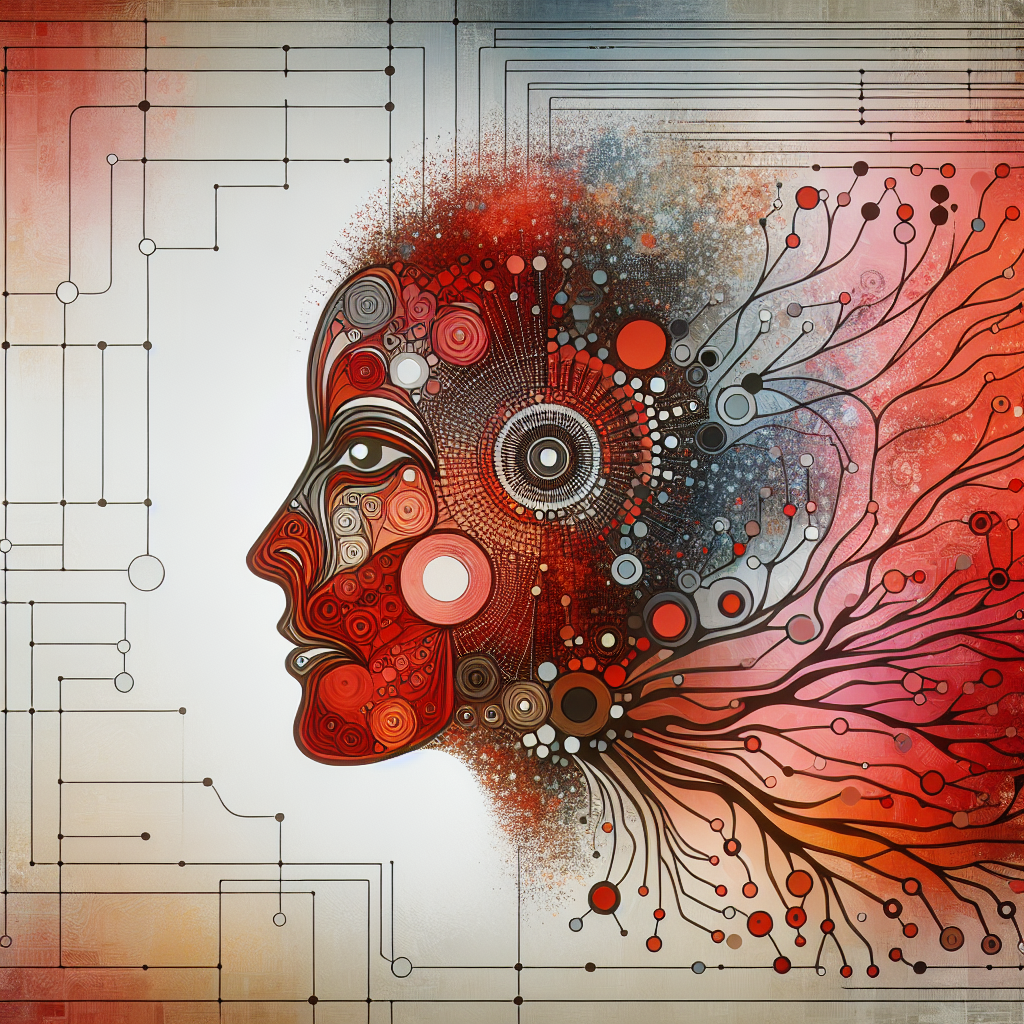Generative AI: Redefining the Creative Process
Artificial intelligence (AI) has made significant strides in recent years, with applications spanning from healthcare to finance. One of the most exciting areas where AI is making a big impact is in the field of creativity. Generative AI, in particular, is redefining the creative process by enabling machines to generate content that is indistinguishable from human-created work.
Generative AI refers to AI systems that are designed to create content such as images, music, text, and videos. These systems are trained on large datasets of existing content and use that data to generate new content that is original and creative. The technology behind generative AI is constantly evolving, with new models and algorithms being developed to enhance the capabilities of these systems.
One of the most well-known applications of generative AI is in the field of art. AI artists are creating paintings, drawings, and sculptures that are being displayed in galleries and museums around the world. These AI-generated artworks are often indistinguishable from those created by human artists, raising questions about the nature of creativity and the role of AI in the art world.
Generative AI is also being used in the music industry to create new compositions and remixes. AI systems can analyze existing music to generate new melodies, harmonies, and rhythms that sound like they were composed by a human musician. This has opened up new possibilities for artists and producers to experiment with different styles and genres of music.
In the world of literature, generative AI is being used to write stories, poems, and articles. AI systems can analyze large datasets of text to generate new content that is coherent and engaging. This has implications for content creation in journalism, advertising, and publishing, where AI can help writers and editors generate ideas and draft content more efficiently.
Generative AI is also being used in the film industry to create visual effects and animations. AI systems can generate realistic images and animations that can be used in movies, video games, and virtual reality experiences. This has the potential to revolutionize the way visual effects are created, making it faster and more cost-effective to produce high-quality content.
The impact of generative AI on the creative process is profound. By automating the generation of content, AI systems are freeing up human creators to focus on higher-level tasks such as ideation, curation, and editing. This has the potential to accelerate the pace of innovation in creative industries and enable new forms of expression that were previously unimaginable.
FAQs
Q: How does generative AI work?
A: Generative AI works by training a neural network on a large dataset of existing content. The neural network learns the patterns and structures in the data and uses that knowledge to generate new content that is similar in style and quality to the original content.
Q: Can generative AI be used for commercial purposes?
A: Yes, generative AI can be used for commercial purposes in industries such as art, music, literature, and film. Many companies are already using generative AI to create content for marketing, advertising, and entertainment.
Q: Is generative AI replacing human creativity?
A: Generative AI is not replacing human creativity, but rather augmenting it. AI systems are tools that can assist human creators in generating ideas and content more efficiently. Human creativity is still essential in the creative process.
Q: Are there ethical concerns with generative AI?
A: There are ethical concerns with generative AI, particularly around issues of copyright, intellectual property, and bias in the data used to train AI systems. It is important for companies and researchers to address these concerns and develop ethical guidelines for the use of generative AI.
Q: What is the future of generative AI?
A: The future of generative AI is bright, with new advancements in technology and algorithms pushing the boundaries of what AI systems can create. As generative AI continues to evolve, we can expect to see new applications and innovations in the creative process.

